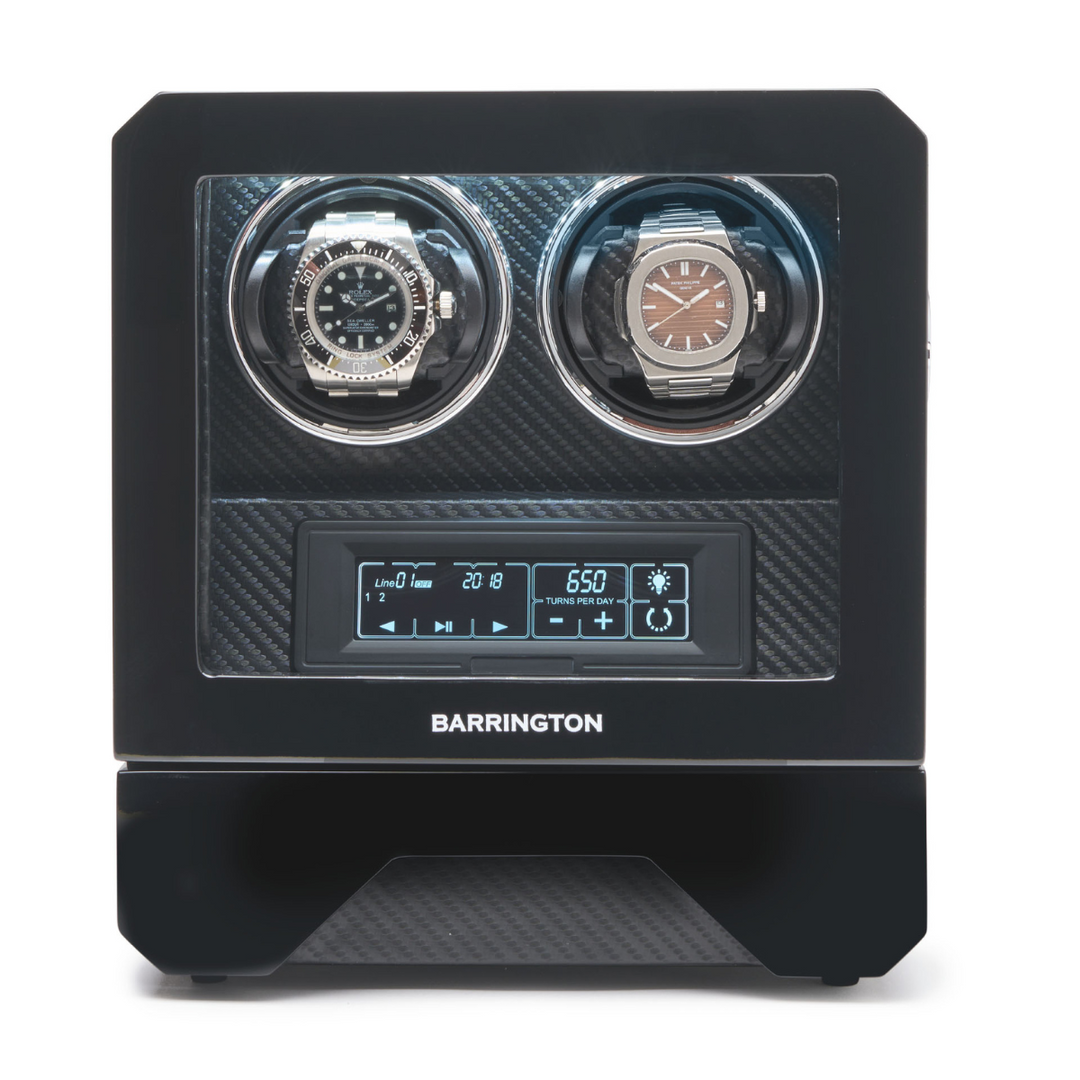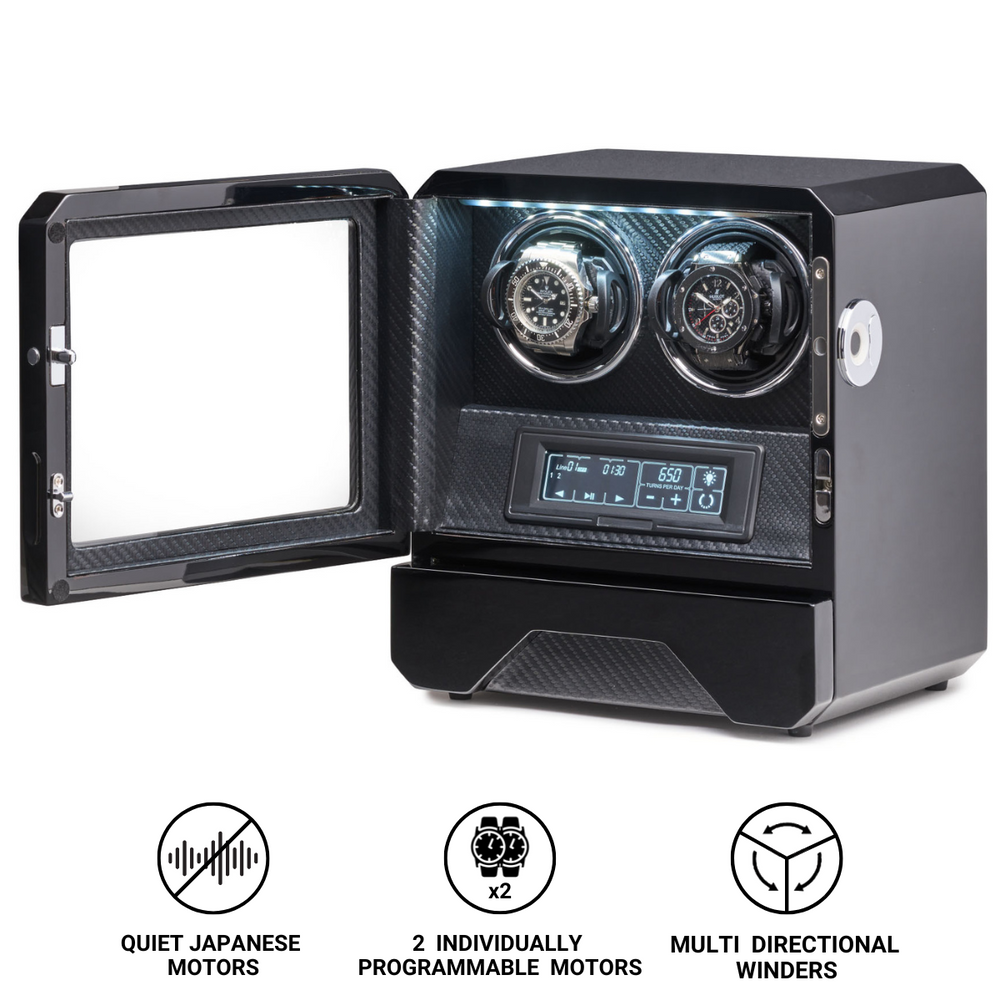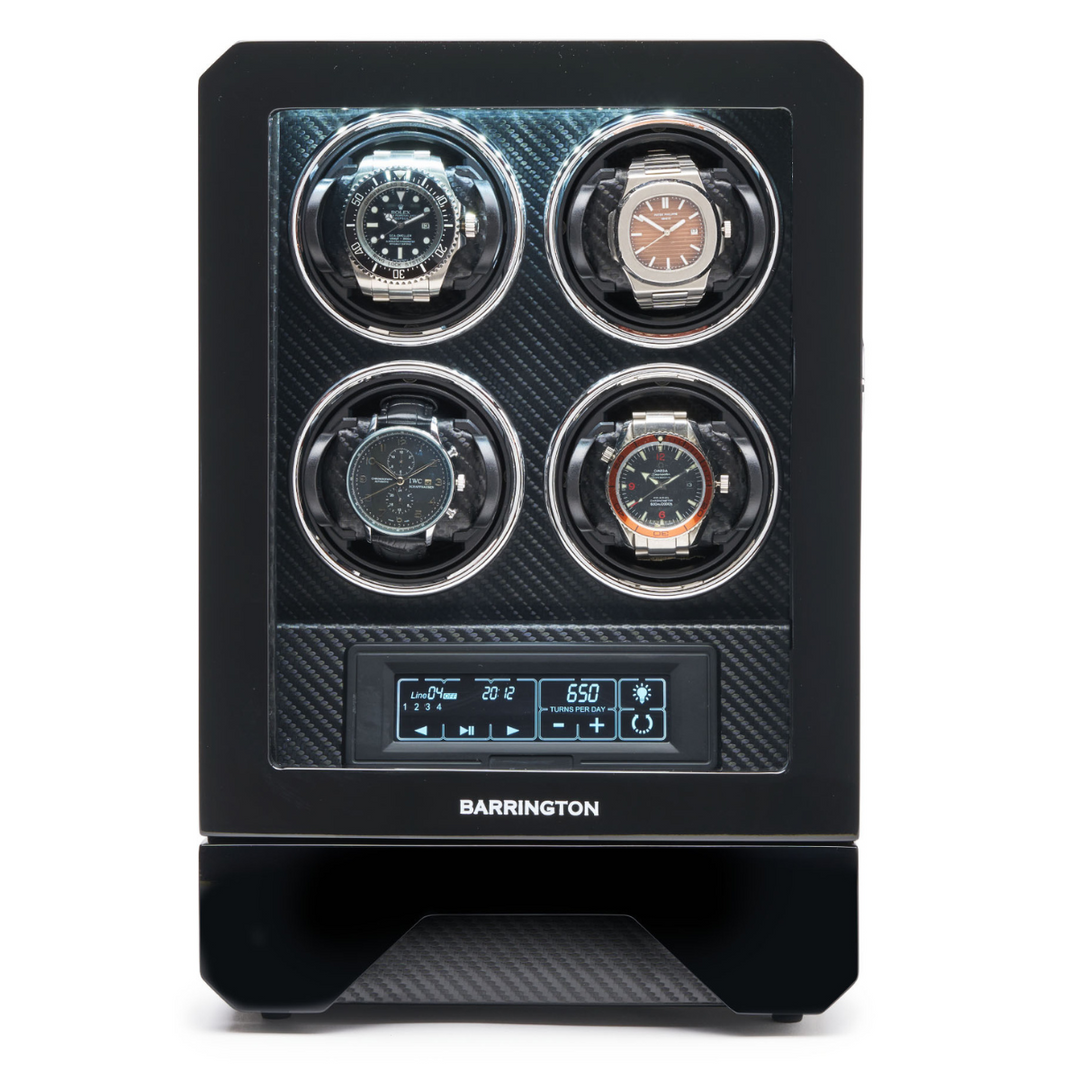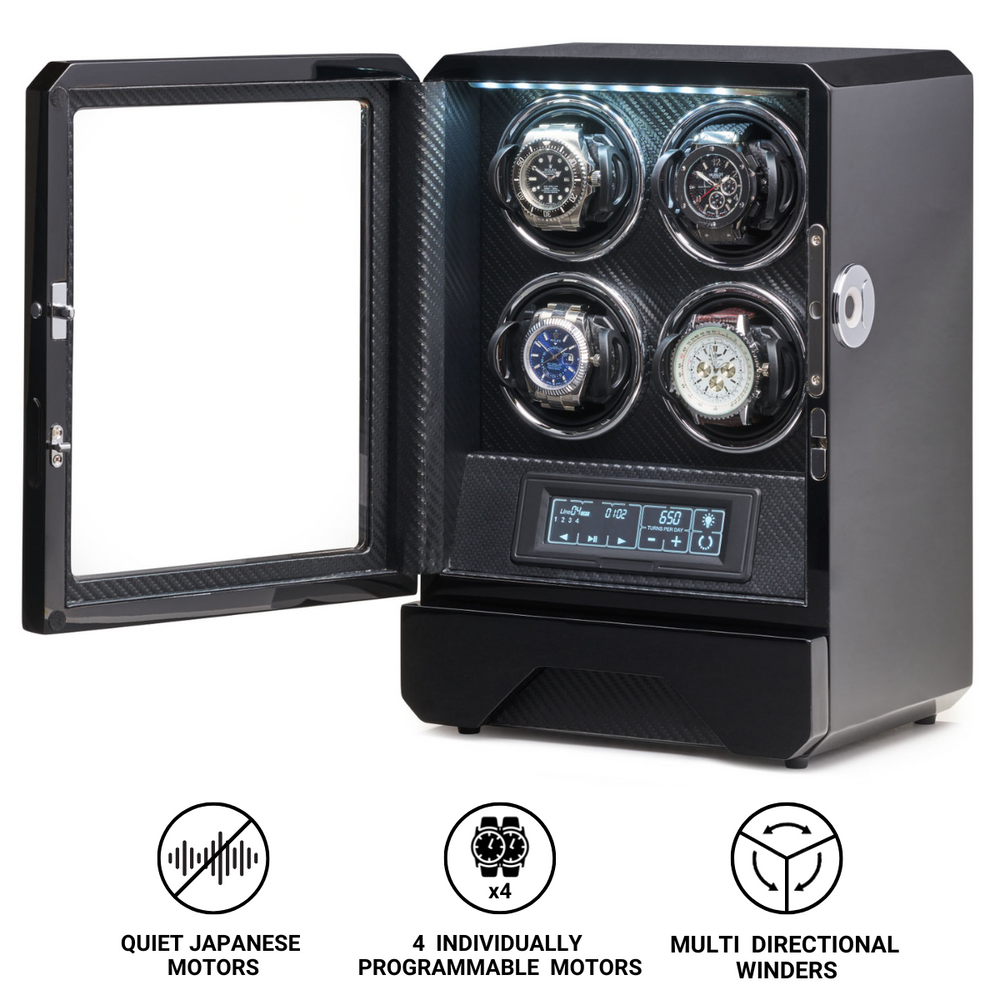The Timepiece That Solved the Longitude Problem: John Harrison's Chronometer
In the 18th century, determining a ship’s longitude was an unsolved problem that led to deadly navigation errors. One infamous disaster occurred in 1707, when a Royal Navy fleet misjudged its position and wrecked on the Scilly Isles, killing over a thousand sailors. This tragedy spurred calls for a solution and prompted the British Parliament to offer a huge reward (up to £20,000, worth millions today) for any method to find longitude accurately at sea.

John Harrison, a self-taught English clockmaker, rose to this challenge. After decades of effort, he created the H4 marine chronometer, a portable timekeeper that finally met the accuracy needed to solve the “longitude problem.” The H4’s invention, with its unprecedented precision, revolutionized maritime navigation and has earned a legendary place in history.
The Longitude Problem and the Quest for a Solution
For sailors of Harrison’s era, finding latitude (north-south position) was relatively straightforward, but pinpointing longitude (east-west position) was exceedingly difficult without an accurate time reference. Navigators tried dead reckoning and astronomical observations, but these methods were often unreliable on a rolling ship. The stakes were high: a small timing error could translate into a ship being dozens of miles off course.
In response to mounting pressure (especially after the catastrophic 1707 fleet wreck), the British government passed the Longitude Act of 1714, offering generous rewards for a practical way to determine longitude at sea. The largest prize of £20,000 would go to a method accurate within half a degree of longitude (about 30 nautical miles) after a transoceanic voyage. This spurred inventors and scientists across Europe. Many experts believed the answer lay in astronomy and were skeptical of any mechanical solution. John Harrison, however, pursued a mechanical answer: a clock that could carry the precise time from the home port to sea.

Harrison, a Yorkshire carpenter-turned-clockmaker, was uniquely suited to this task. In the 1720s he had built extraordinary pendulum clocks accurate to within one second per month, far better than any others of the time. He set his sights on creating a portable timekeeper for ships, one that could maintain precision despite a ship’s constant motion and changing conditions. The Board of Longitude initially funded Harrison’s work, and he began a decades-long odyssey of innovation and experimentation.
From H1 to H3: Harrison’s Early Timekeepers
Harrison’s first longitude timekeeper, later known as H1, was completed in 1735. This large brass clock used a clever mechanism of interlinked swinging balance beams to remain stable on a moving ship. In sea trials in 1736, H1 performed well, it even alerted the crew when they were off course on the voyage home. Impressed, the Commissioners of Longitude granted Harrison further funding to improve his design.
Encouraged, Harrison built H2 by 1741, incorporating new ideas to eliminate weaknesses. However, he discovered a design flaw before it ever sailed. Undaunted, he moved on to H3 in 1740, a project that would consume 19 years of effort. H3 was a marvel of ingenuity, Harrison invented the bi-metallic strip for temperature compensation and used caged roller bearings, innovations still used in modern engineering. He gave H3 two circular balances with springs, hoping to solve the remaining accuracy issues. Yet, despite these breakthroughs, H3 never quite achieved the prize-level precision.
A key insight emerged during this period: smaller might be better. In 1753, Harrison had commissioned a skilled London watchmaker, John Jefferys, to build a precision pocket watch to his specifications. This watch was unusually accurate, thanks to Harrison’s novel balance design and other improvements. Its success opened Harrison’s eyes to a new approach, the solution to the longitude problem might lie not in ever-bigger clocks, but in a finely crafted sea watch. Harrison thus made the bold decision to set aside the ponderous H3 and focus on a radically different fourth timekeeper: a watch-sized instrument that would become H4.
Inventing the H4 Marine Chronometer
Work on H4 began in 1755, with Harrison now in his early 60s. He poured all his hard-earned lessons into this device. By 1759, Harrison (assisted by his son William) completed H4: a gleaming, exquisitely detailed watch about 5 inches in diameter. At first glance, H4 looked like an oversized pocket watch enclosed in a double silver case. Inside, however, it was a masterpiece of precision engineering unlike anything before it. Harrison had essentially created the world’s first marine chronometer, a portable clock capable of keeping nearly constant time over long sea voyages.
H4’s design was a dramatic departure from the heavy clocks H1 through H3. It featured a fast-oscillating balance wheel that ticked five times per second. This high frequency made it less prone to disruptions from a ship’s swaying. Harrison also tackled the two biggest enemies of accuracy: temperature changes and uneven driving force. He equipped H4 with a temperature-compensated balance spring and a device to equalize the mainspring’s force. The result was a watch of extraordinary stability and precision.
Key Innovations in H4’s Design included:
-
High-Frequency Balance
-
Temperature Compensation
-
Constant Force Mechanism (Remontoir)
-
Maintaining Power
-
Friction-Reduced Escapement
-
Precision Craftsmanship
Together, these innovations made H4 an extraordinarily accurate timekeeper for its day. In essence, H4 was the first practical marine chronometer, the prototype for the precision ship’s clocks that would soon be known by that name.
Sea Trials of H4: Testing the Timekeeper at Sea
By 1760, John Harrison was confident that H4 could meet the stringent requirements of the Longitude Prize. The Board of Longitude scheduled a formal sea trial. Since Harrison was nearly 70, his son William carried H4 on the test. In November 1761, William departed Portsmouth for Jamaica. This transatlantic trial would be the proof of concept for Harrison’s life’s work.
The results were groundbreaking. Over an 81-day voyage, H4 lost only about 5 seconds overall. An error of 5 seconds translates to roughly 1 nautical mile of longitude, well within the required 30 nautical miles. However, the Board of Longitude demanded a second trial to confirm.
A second voyage to Barbados in 1763–1764 confirmed H4’s accuracy. It kept time within about 39 seconds over a 47-day voyage. Though technically eligible for the full prize, Harrison was only awarded half initially and was required to reveal the watch’s workings. Eventually, after a personal appeal to King George III and further advocacy, Parliament granted Harrison most of the prize money by 1773.
Maritime Navigation Transformed: The Impact and Legacy of H4
H4 transformed maritime navigation. Its accuracy enabled precise longitude determination, dramatically reducing shipwrecks and navigation errors. The design was copied and improved. Larcum Kendall produced K1, a near-exact copy, which accompanied Captain James Cook on his voyages and performed exceptionally.
Though marine chronometers remained expensive, their adoption spread among navies and merchant fleets. By the 19th century, chronometers were essential tools on ships. They ushered in an era of safe, reliable navigation, laying the groundwork for global trade, exploration, and communication.
Today, H4 resides at the Royal Museums Greenwich, alongside Harrison’s earlier timekeepers. It is celebrated not only as a marvel of engineering, but as a symbol of persistence, ingenuity, and a turning point in human exploration.
John Harrison’s H4 marine chronometer stands as one of history’s most important inventions. It solved a centuries-old puzzle, saved countless lives, and forever changed how we traverse the globe.














